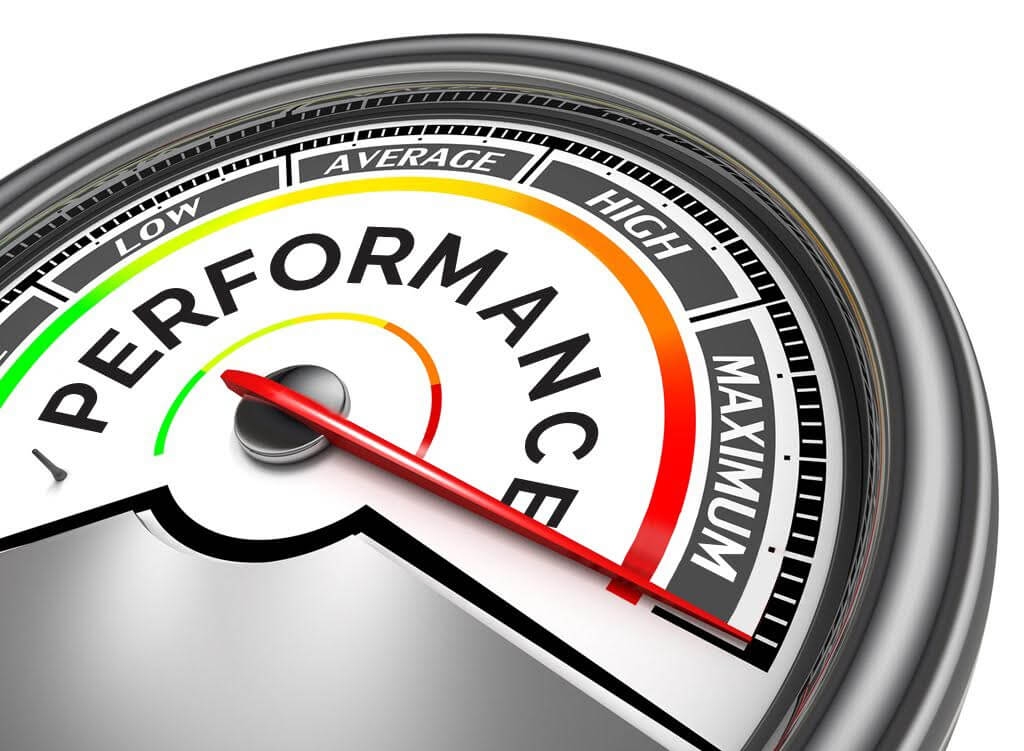How Will We Track Progress and Report Performance? Using Gantt, Kanban, Charts, KPIs, Dashboards, and Status Reports

Tracking project progress and reporting performance are essential for keeping teams aligned, identifying risks early, and ensuring successful delivery. Without proper visibility, projects can go off course—missing deadlines, overspending, or failing to meet expectations.
To stay on track, teams rely on a variety of tools and techniques to measure how work is progressing against the plan and communicate that progress effectively.
1. Gantt Charts: Visualizing the Timeline
Gantt charts provide a time-based view of a project’s schedule. They show tasks, durations, start/end dates, and dependencies, helping teams and stakeholders understand the project timeline at a glance. Gantt charts are especially useful for Waterfall-style projects with clearly defined phases.
Best for: Tracking schedules, identifying task dependencies, and monitoring progress toward milestones.
2. Kanban Boards: Managing Workflow in Real Time
Kanban boards use columns to represent different stages of work (e.g., To Do, In Progress, Done). Tasks move across the board as they advance, making it easy to visualize workflow and limit work-in-progress. This approach is ideal for Agile teams needing flexibility and quick adjustments.
Best for: Tracking task status, improving flow, and boosting team collaboration.
3. Dashboards: Centralizing Key Information
Dashboards bring together key data—deadlines, progress, risks, KPIs—into a single, visual interface. Whether built into tools like Jira, Asana, or Power BI, dashboards offer real-time insights and help managers and stakeholders monitor health at a glance.
Best for: High-level performance tracking, quick status checks, and executive reporting.
4. KPIs: Measuring What Matters
Key Performance Indicators (KPIs) quantify success in critical areas. For project management, common KPIs include:
-
Schedule variance
-
Cost performance index (CPI)
-
Tasks completed vs. planned
-
Risk resolution rate
KPIs give teams objective metrics to evaluate performance and make data-driven decisions.
Best for: Assessing project health and aligning progress with business objectives.
5. Status Reports: Communicating Updates
Status reports are regular updates shared with stakeholders, summarizing progress, blockers, and next steps. They can be weekly, biweekly, or aligned to sprints. These reports foster transparency, accountability, and trust.
Best for: Formal updates to sponsors or leadership, issue escalation, and documentation.
Conclusion
Progress tracking isn’t just about oversight—it’s about empowerment. The right combination of tools—whether Gantt charts for planning, Kanban for execution, KPIs for measurement, or dashboards for insight—ensures that teams stay focused, adaptive, and aligned with project goals.
- Arts
- Business
- Computers
- Jogos
- Health
- Início
- Kids and Teens
- Money
- News
- Recreation
- Reference
- Regional
- Science
- Shopping
- Society
- Sports
- Бизнес
- Деньги
- Дом
- Досуг
- Здоровье
- Игры
- Искусство
- Источники информации
- Компьютеры
- Наука
- Новости и СМИ
- Общество
- Покупки
- Спорт
- Страны и регионы
- World


